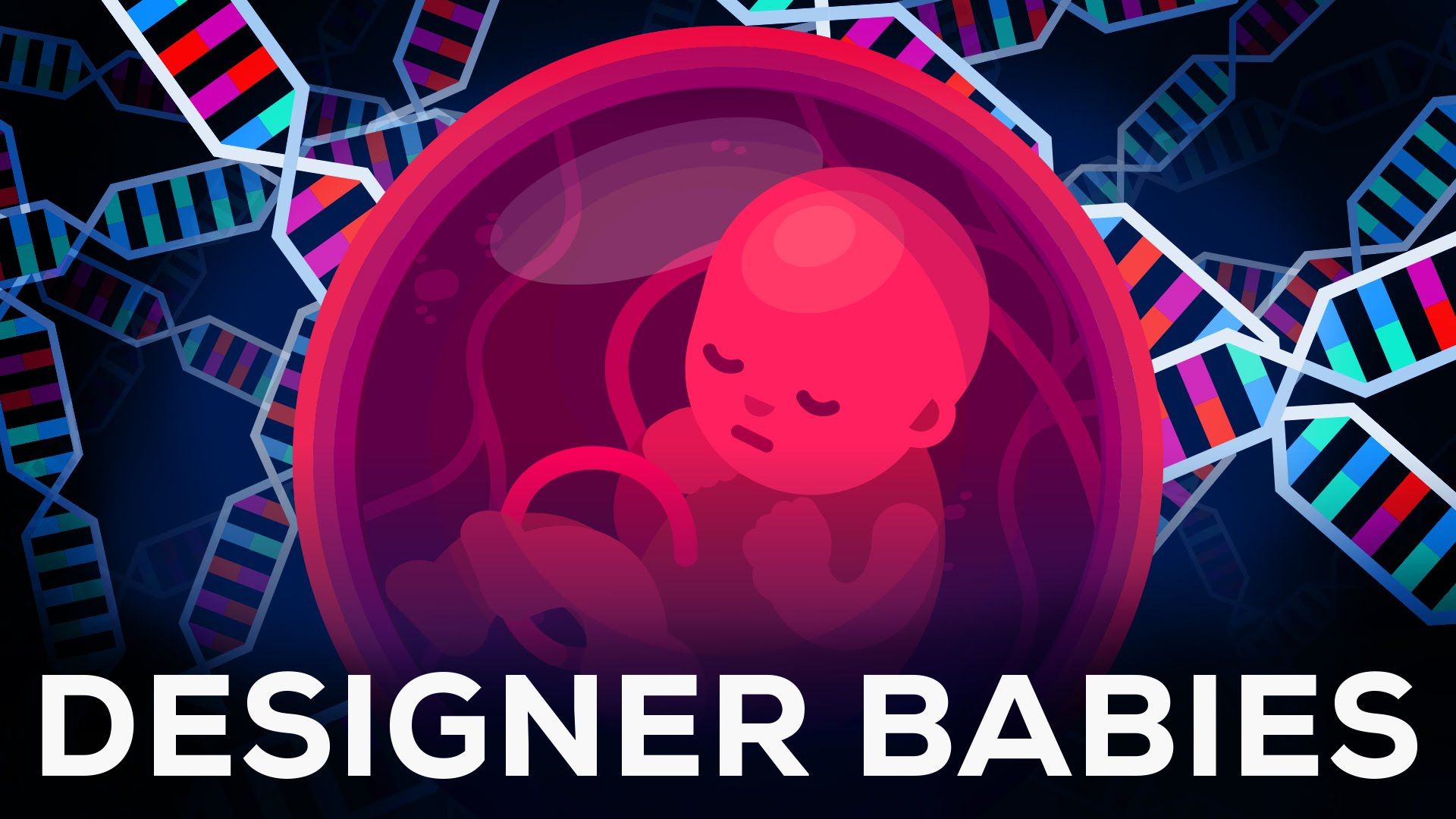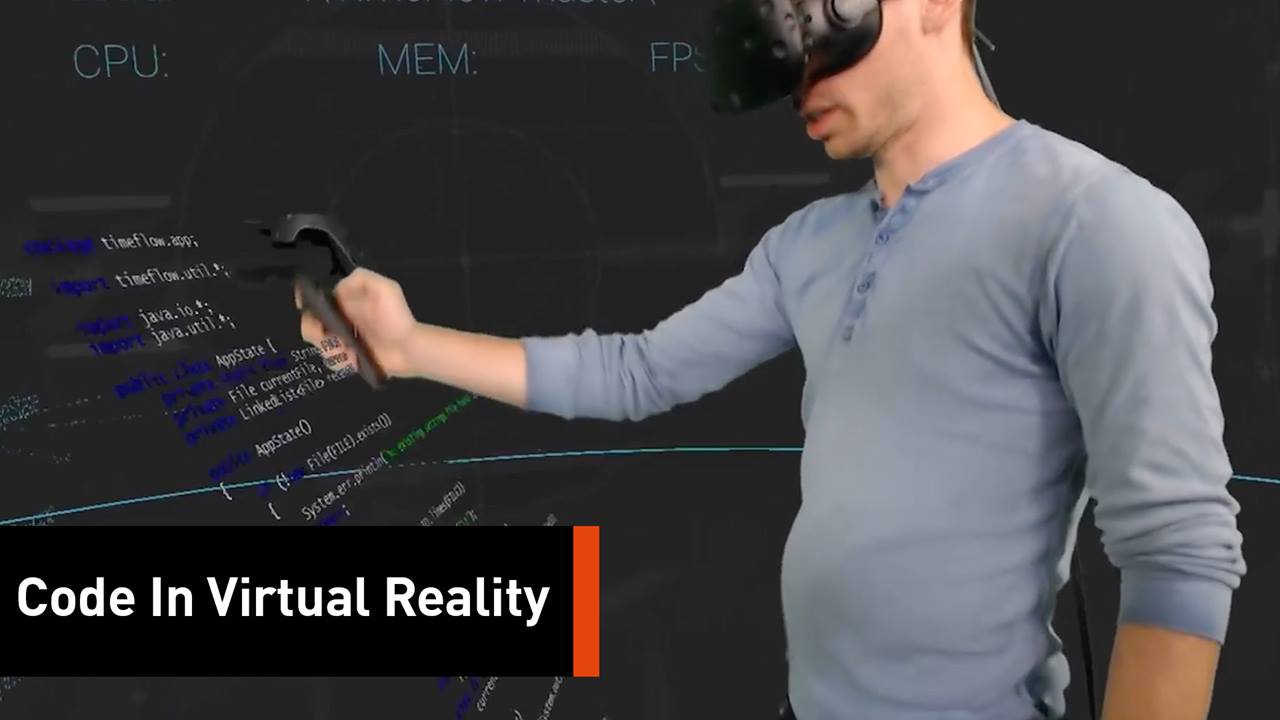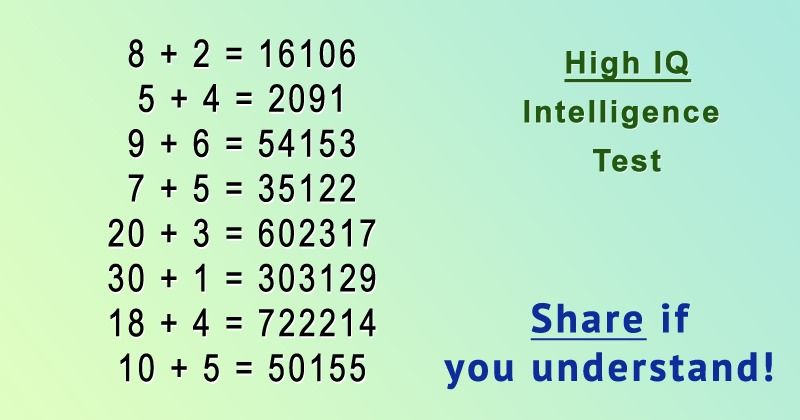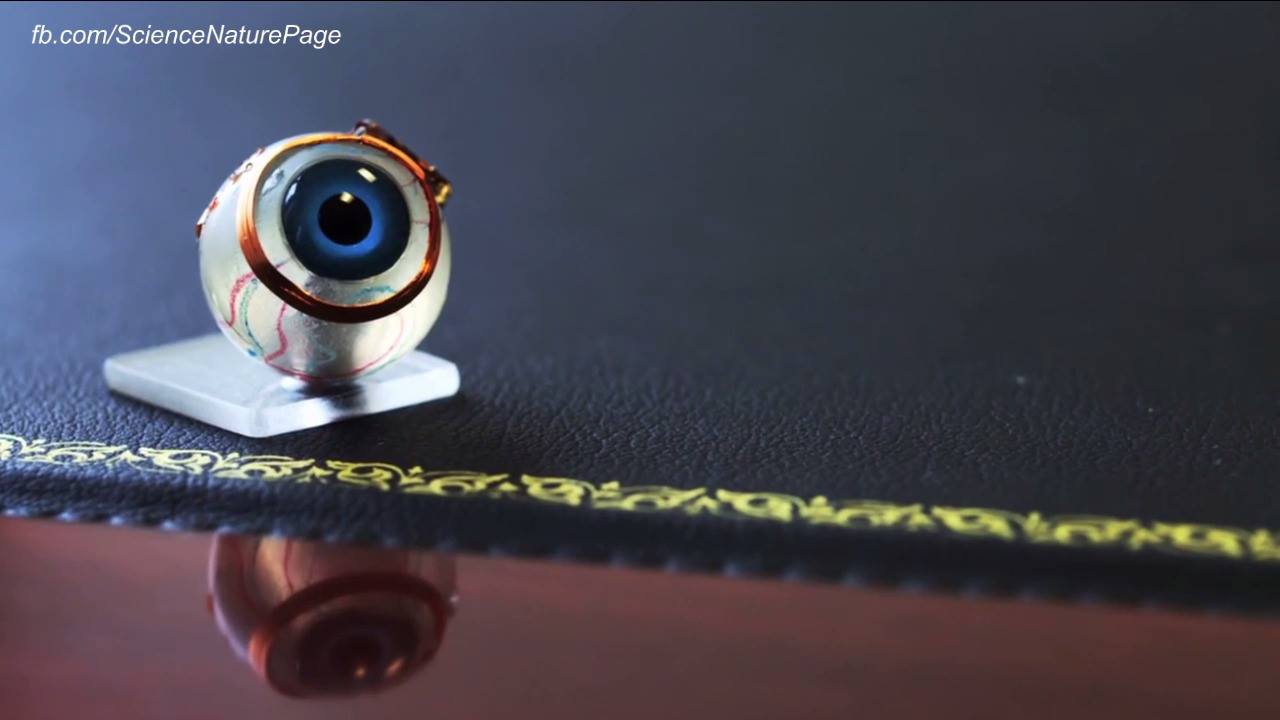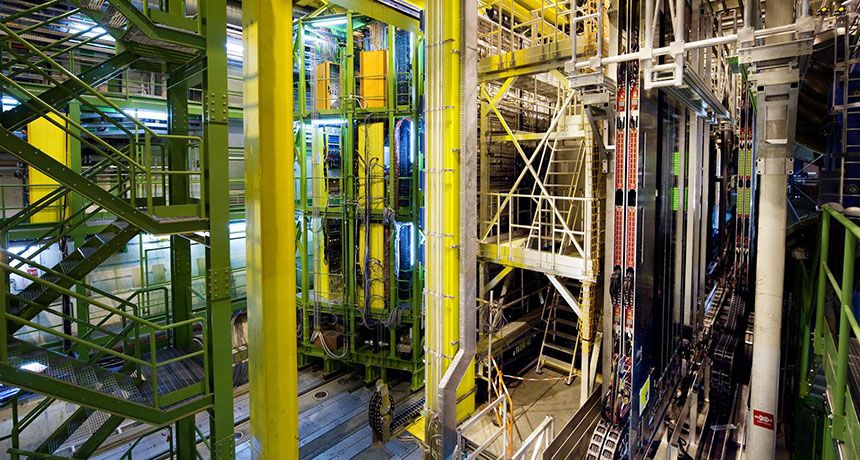
(Phys.org)—Researchers have used the pressure of light—also called optical forces or sometimes “tractor beams”—to create a new type of rewritable, dynamic 3D holographic material. Unlike other 3D holographic materials, the new material can be rapidly written and erased many times, and can also store information without using any external energy. The new material has potential applications in 3D holographic displays, large-scale volumetric data storage devices, biosensors, tunable lasers, optical lenses, and metamaterials.
The research was conducted by a multidisciplinary team led by Yunuen Montelongo at Imperial College London and Ali K. Yetisen at Harvard University and MIT. In recent papers published in Nature Communications and Applied Physics Letters, the researchers demonstrated the reversible optical manipulation of nanostructured materials, which they used to fabricate active 3D holograms, lenses, and memory devices.
The key to creating the 3D holographic material with these advantages was to use optical forces to reversibly modify the material’s properties. The optical forces are produced by the interference of two or more laser beams, which creates an optical pressure capable of moving nanoscale structures. So far, optical forces have mainly been used for just one application: optical tweezers, which can hold and move tiny objects and are mostly used in biological applications.
Continue reading “Optical forces used to make rewritable 3D holographic materials” »



